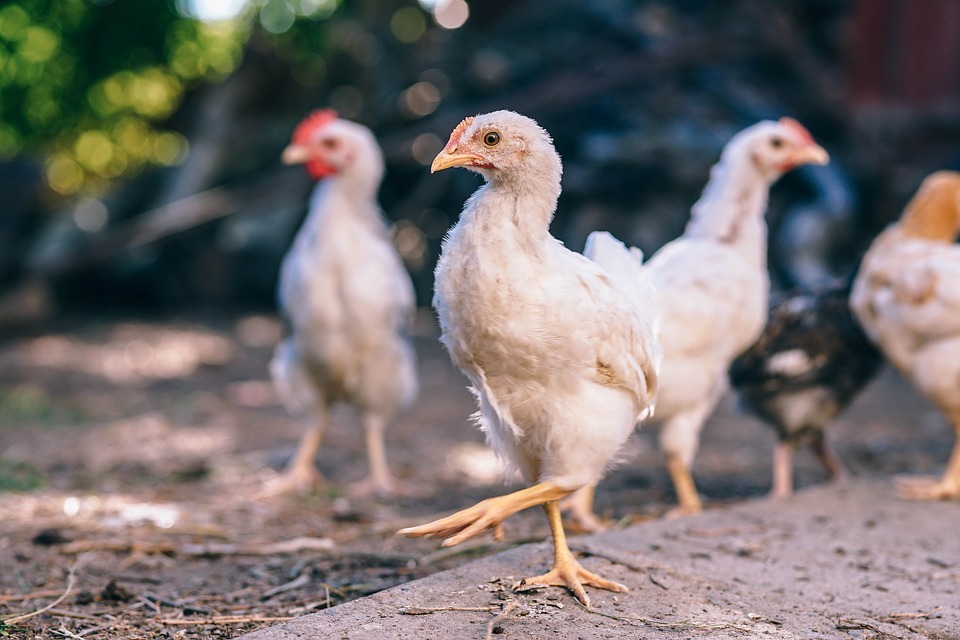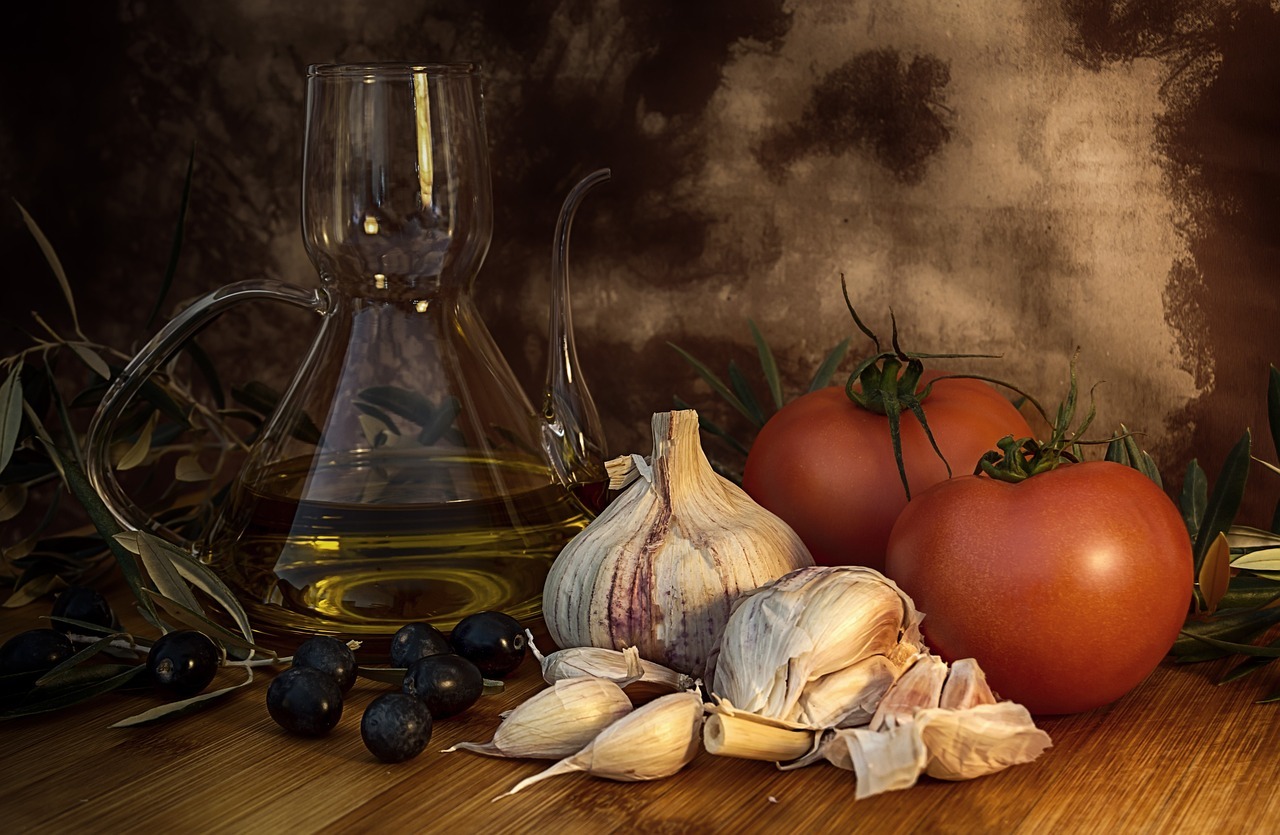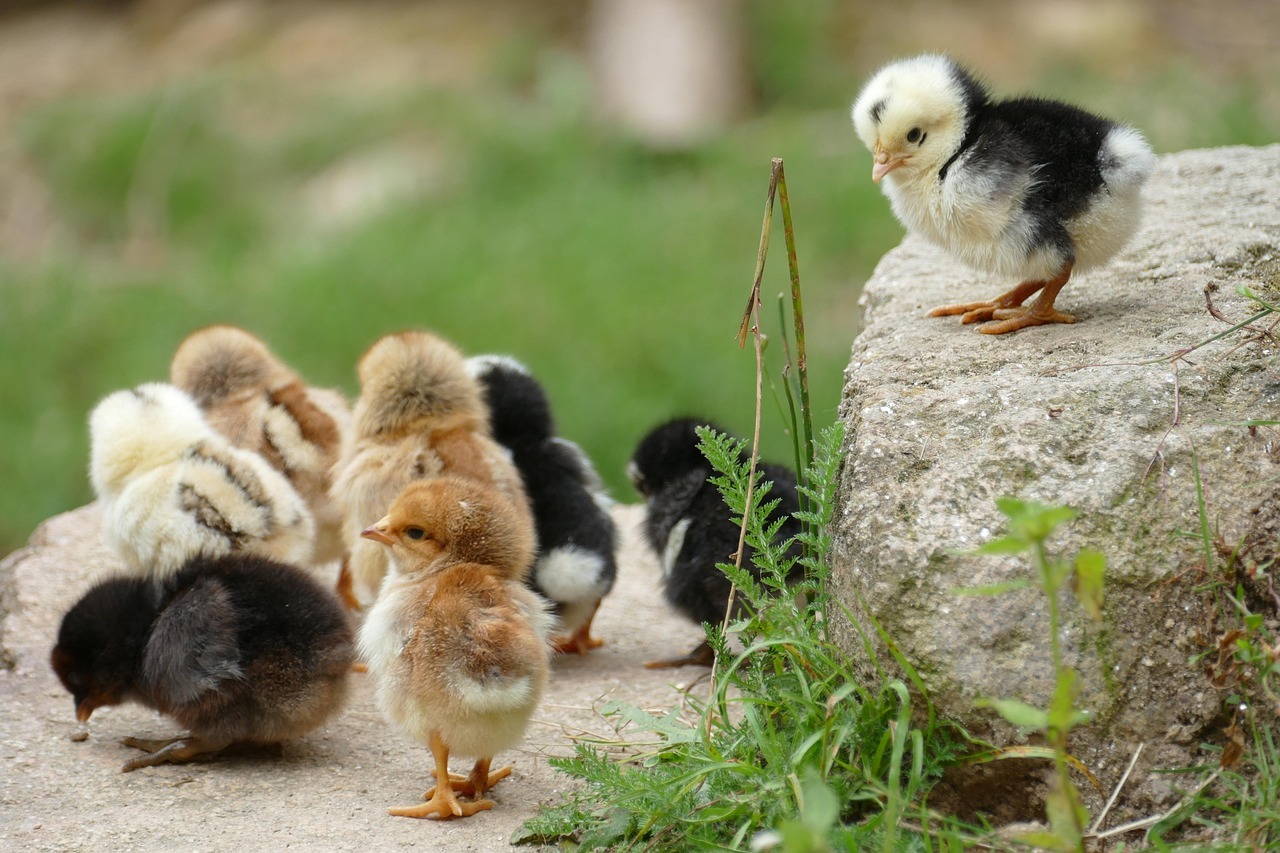Best Chicken Breeds for Consistent Egg Production: A Guide for Backyard Flocks
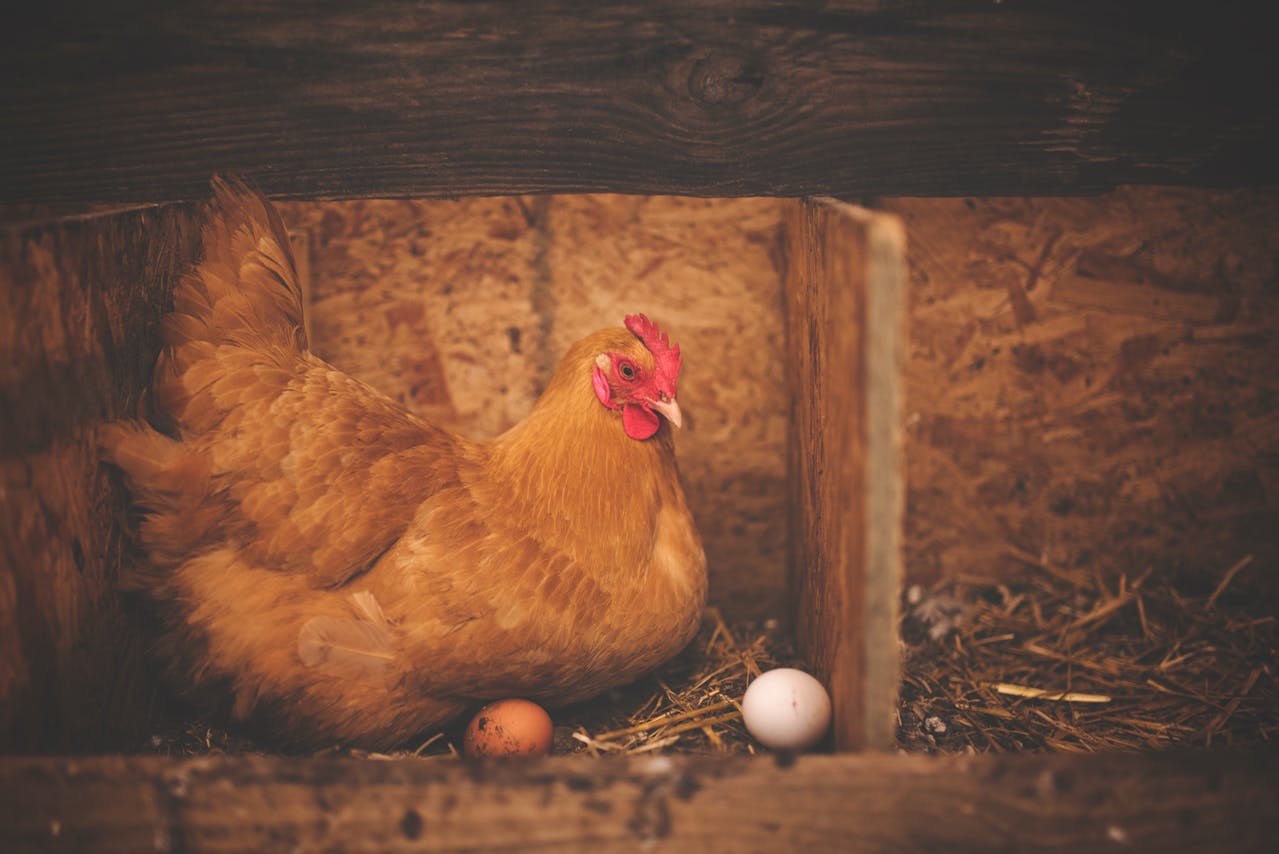
If you're thinking about keeping backyard chickens, chances are you're hoping for a steady supply of eggs. Whether you're aiming for self-sufficiency, enjoying the simple pleasure of fresh eggs, or even looking for a little extra income, choosing the right chicken breed makes all the difference. Not all chickens are the same when it comes to laying eggs; some breeds are real egg-laying champs known for their consistent and reliable production.
In this guide, we’ll cover the top breeds for egg-laying, the key factors that impact egg production, and tips to help your flock reach its full potential. From sturdy heritage breeds to prolific hybrids, discover the qualities and care essentials for a productive and happy backyard flock.
Top Egg-Laying Chicken Breeds
When looking to build a productive backyard flock, it’s essential to select chicken breeds known for their reliable egg production. Some breeds are high-output layers, while others balance good egg numbers with longevity and calm temperaments. Here’s a breakdown of top breeds for different needs, from prolific hybrids to steady heritage layers.
Hybrid Breeds for Maximum Production
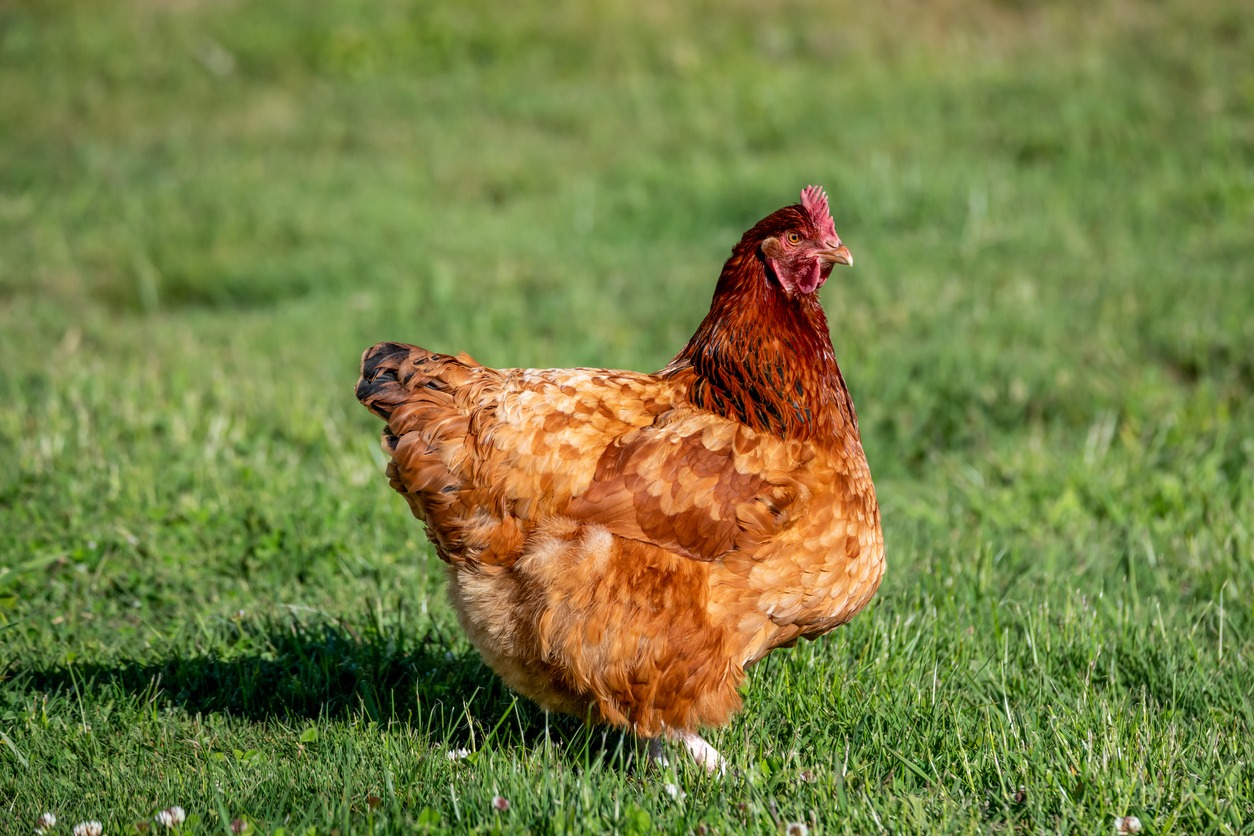
If your goal is high-volume egg production, hybrid breeds are specifically bred to lay as many eggs as possible. Here are some of the top-performing hybrids that will keep your egg basket full.
1. Isa Browns
Isa Browns are incredibly prolific, producing over 300 eggs each year. These friendly, easy-to-manage chickens mature early and offer consistent, high-volume egg production, making them ideal for those who want reliable output with minimal fuss.
2. Golden Comets
Golden Comets are another top hybrid breed, laying between 250 and 300 large brown eggs annually. They’re known for early maturity and steady laying patterns, making them a popular choice among backyard keepers who appreciate their dependability and high output.
3. Lohmann Browns
Lohmann Browns are standout layers, often producing more than 320 eggs per year. They start laying early, at around 21 weeks, and have a calm, friendly disposition. These traits make Lohmann Browns a great option for backyard environments where both productivity and temperament are valued.
4. Black Stars (Black Sex-Links)
Black Stars offer the added benefit of easy sexing at hatch and deliver a reliable 300 brown eggs per year. Known for their adaptability and robust health, Black Stars are both practical and productive, thriving in backyard settings.
5. Hy-Line Browns
Hy-Line Browns are a commercial breed known for laying around 300 eggs per year. They’re adaptable, easy to manage, and very consistent layers, making them a fantastic choice for anyone aiming for a steady egg supply with minimal hassle.
6. Red Stars (Red Sex-Links)
Red Stars are hybrid layers known for their large brown eggs and productive streak, typically producing up to 300 eggs yearly. Like Black Stars, they’re easy to sex at hatch, which helps with flock planning, and they’re hardy birds that adapt well to different environments.
Heritage Breeds for Balanced Production and Longevity
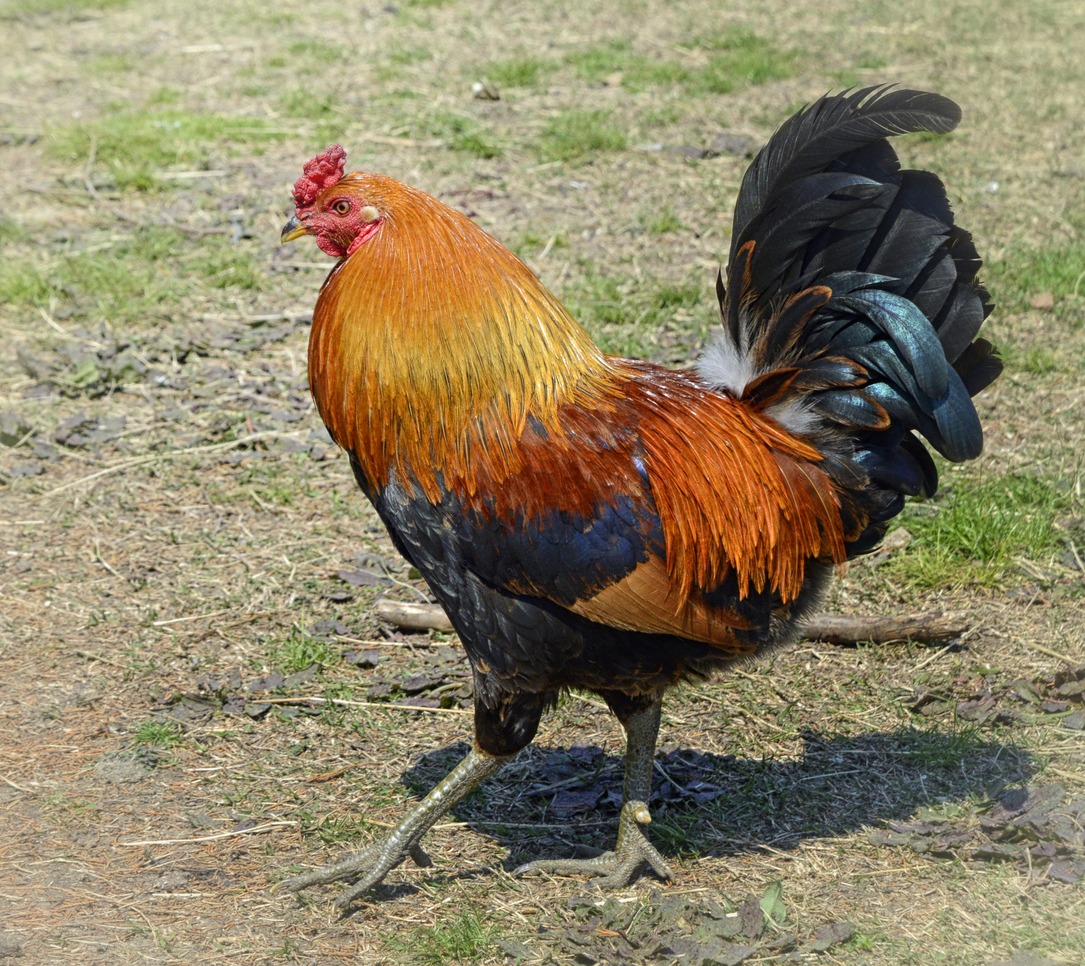
Heritage breeds are often chosen for their balanced mix of solid egg production, hardiness, and longer lifespan. These breeds may not produce as many eggs as hybrids, but they bring other qualities like adaptability, hardiness, and excellent temperament.
1. Rhode Island Reds
Rhode Island Reds are popular for good reason. They lay around 200–300 eggs per year, are hardy, and adapt to various climates, making them a versatile and reliable choice for backyard flocks. This breed is also known for its friendly nature, making it a great option for families.
2. Australorps
Known for their calm and gentle demeanor, Australorps produce approximately 250 eggs annually. Originating from Australia, these birds are resilient and handle temperature changes well. Their reliability and ease of care make them perfect for family or hobby flocks.
3. Plymouth Rocks
Plymouth Rocks are a classic heritage breed known for laying around 200–250 eggs each year. With their friendly disposition and adaptability, they are a popular choice for backyard keepers. As a dual-purpose breed, they are also valued for meat production, making them versatile and practical.
4. Sussex
Sussex chickens, especially the Speckled and Light varieties, are productive layers that typically yield about 200–250 eggs annually. These hardy birds are known for their curious, friendly personalities, and they adapt well to colder climates, making them suitable for various backyard setups.
5. Leghorns
Leghorns are lightweight but prolific layers, producing around 250–300 eggs annually. They’re known for laying large white eggs and are efficient at converting feed into eggs. While they’re more independent and flighty than some breeds, their productivity makes them a valuable addition to any flock.
6. Orpingtons
Orpingtons are gentle, friendly chickens that lay around 200 eggs per year. Though they aren’t the highest producers, they’re known for their calm temperament and adaptability. They’re also well-suited for colder climates due to their larger size and fluffier feathers, which help keep them warm.
Factors Affecting Egg Production
Selecting a high-laying breed is only part of achieving consistent egg production. Several factors influence a hen’s laying performance, and managing these effectively can make a difference in your flock’s productivity.
Age and Laying Cycle
Hens typically reach their peak egg-laying abilities during their first 1–2 years. As they age, production declines naturally, so it’s advisable to add younger hens (or pullets) every few years to maintain a steady supply. Most hens lay consistently for about 2–3 years, with production gradually decreasing after that point.
Diet and Nutrition
A balanced diet is essential for high egg production. Laying hens require feed rich in protein (16–20%), calcium, and essential nutrients to support egg formation. Layer feed is formulated specifically for laying hens and should be supplemented with calcium sources like oyster shells to maintain eggshell quality.
Provide fresh water daily, as dehydration can hinder egg production. Additionally, consider offering occasional treats like leafy greens or grains, but avoid excessive treats that might disrupt their nutritional balance.
Environmental Conditions
Proper environmental conditions are essential for laying hens. Chickens need around 14–16 hours of light per day to stimulate egg production. During shorter winter days, supplemental lighting in the coop can help maintain egg yield.
Maintaining a comfortable temperature within the coop is also crucial, as extreme temperatures can impact laying frequency. Ensure that your chickens have adequate ventilation, shade, and warmth as needed, depending on the season.
Health and Stress Management
Chickens are sensitive to stress, which can disrupt laying cycles. Factors like overcrowding, predators, sudden noise, or illness can affect egg production. Provide ample space, regular health checks, and a secure coop to minimize stress. Observing your hens for signs of illness and promptly addressing any health issues can help sustain their productivity.
Heritage vs. Hybrid Layers
One decision backyard keepers face is choosing between heritage and hybrid layers. Both types offer unique benefits depending on your goals for egg production, flock longevity, and overall flock management.
Heritage Breeds: Long-Term Stability and Versatility
Heritage breeds, such as Rhode Island Reds and Australorps, are known for their hardiness and versatility. These breeds typically produce 200–300 eggs per year, making them ideal for hobby or small-scale keepers who value sustainability and dual-purpose use.
Heritage breeds often have longer lifespans (up to 8–10 years), which means they contribute to the flock’s stability over time. Additionally, heritage breeds are more likely to forage and can supplement their diet with bugs and plants, helping to reduce feed costs.
Hybrid Breeds: High-Yield, High-Efficiency Layers
Hybrid breeds like Isa Browns, Golden Comets, and Lohmann Browns are bred specifically for maximum egg production, often exceeding 300 eggs annually. These chickens are efficient in converting feed into eggs, making them cost-effective for those who prioritize high egg yield.
However, hybrids generally have shorter lifespans (3–5 years) compared to heritage breeds and may be more susceptible to health issues in their later years. For those who need consistent, high-volume egg production, hybrids are a practical choice, especially in climates where commercial feed and consistent lighting are feasible.
Caring for Productive Hens
To maximize your hens’ productivity, proper care and coop management are essential. Here are some foundational practices to keep your flock healthy and productive:
Balanced Diet and Essential Supplements
A high-quality layer feed with adequate protein and calcium is necessary for optimal egg production. Supplement with oyster shells or calcium-rich sources to ensure strong eggshells. Additionally, avoid excessive treats, as this can dilute their nutrient intake.
Lighting and Temperature Control
For hens to lay consistently, aim for around 14–16 hours of light per day. During winter, consider installing coop-safe lighting on a timer to maintain production. Controlling coop temperature is equally important; extreme cold or heat can disrupt egg-laying patterns.
Nesting Boxes and Perches
Provide clean, comfortable nesting boxes to encourage laying and reduce the risk of egg breakage. Each hen needs about 1 square foot of nesting space, with soft bedding to protect eggs. Adding perches and adequate floor space helps reduce stress by allowing hens to move freely within the coop.
Routine Maintenance and Observation
Routine cleaning of the coop, regular bedding changes, and daily egg collection promote a healthy and productive environment. Observing hens for signs of illness, like lethargy or feather loss, allows for early intervention, ensuring hens remain in peak laying condition.
Selecting the Right Breed
Choosing the right breed is the foundation for successful egg production. Consider the following points when selecting chickens for your flock:
- Egg Production Rate: Choose breeds like Isa Browns or Lohmann Browns for high yields or Rhode Island Reds and Australorps for a balance of productivity and resilience.
- Temperament: For family-friendly or backyard setups, select calm breeds like Australorps or Plymouth Rocks.
- Climate Adaptability: Ensure your chosen breed can thrive in your local climate for optimal laying.
- Purpose: Decide if you prefer dual-purpose breeds (like heritage breeds) or specialized egg-layers (like hybrids).
Assessing each breed’s strengths, adaptability, and unique qualities will help establish a flock that meets your needs and goals.
Conclusion
Getting a steady supply of eggs is totally doable with the right breed selection, good management, and a little extra care. By learning about the unique qualities of both heritage and hybrid layers and paying attention to things like environment, diet, and health, you’ll be well on your way to a productive backyard flock. Enjoy the simple pleasure of raising happy, healthy hens and the endless rewards of a well-cared-for flock that keeps the fresh eggs coming!

